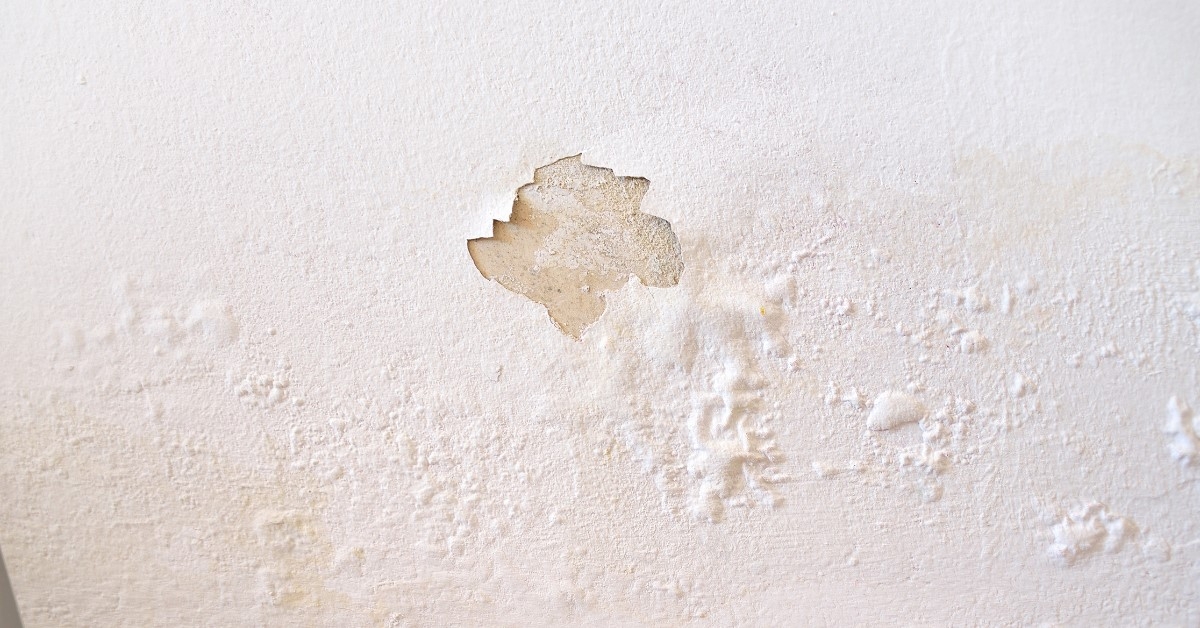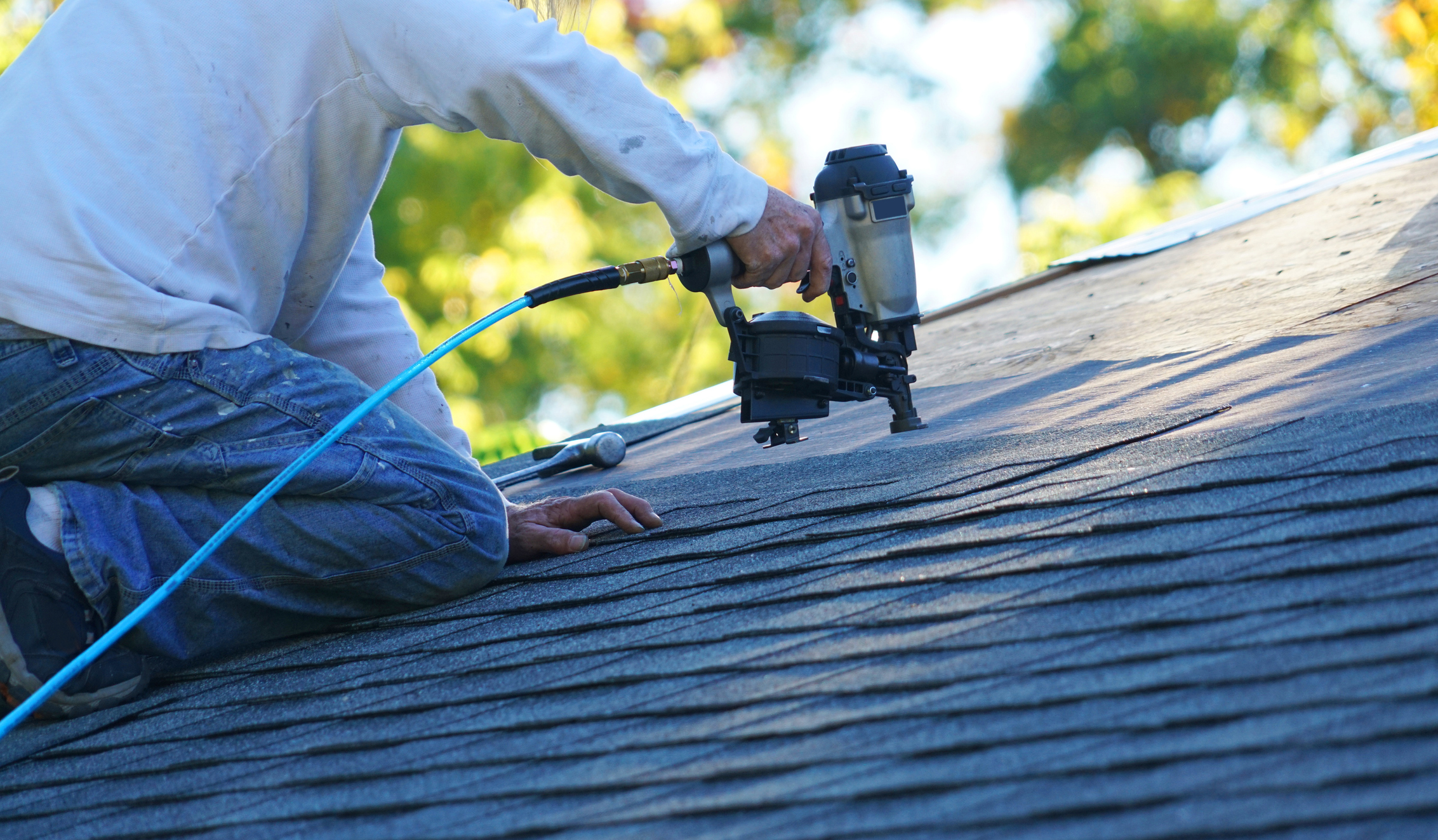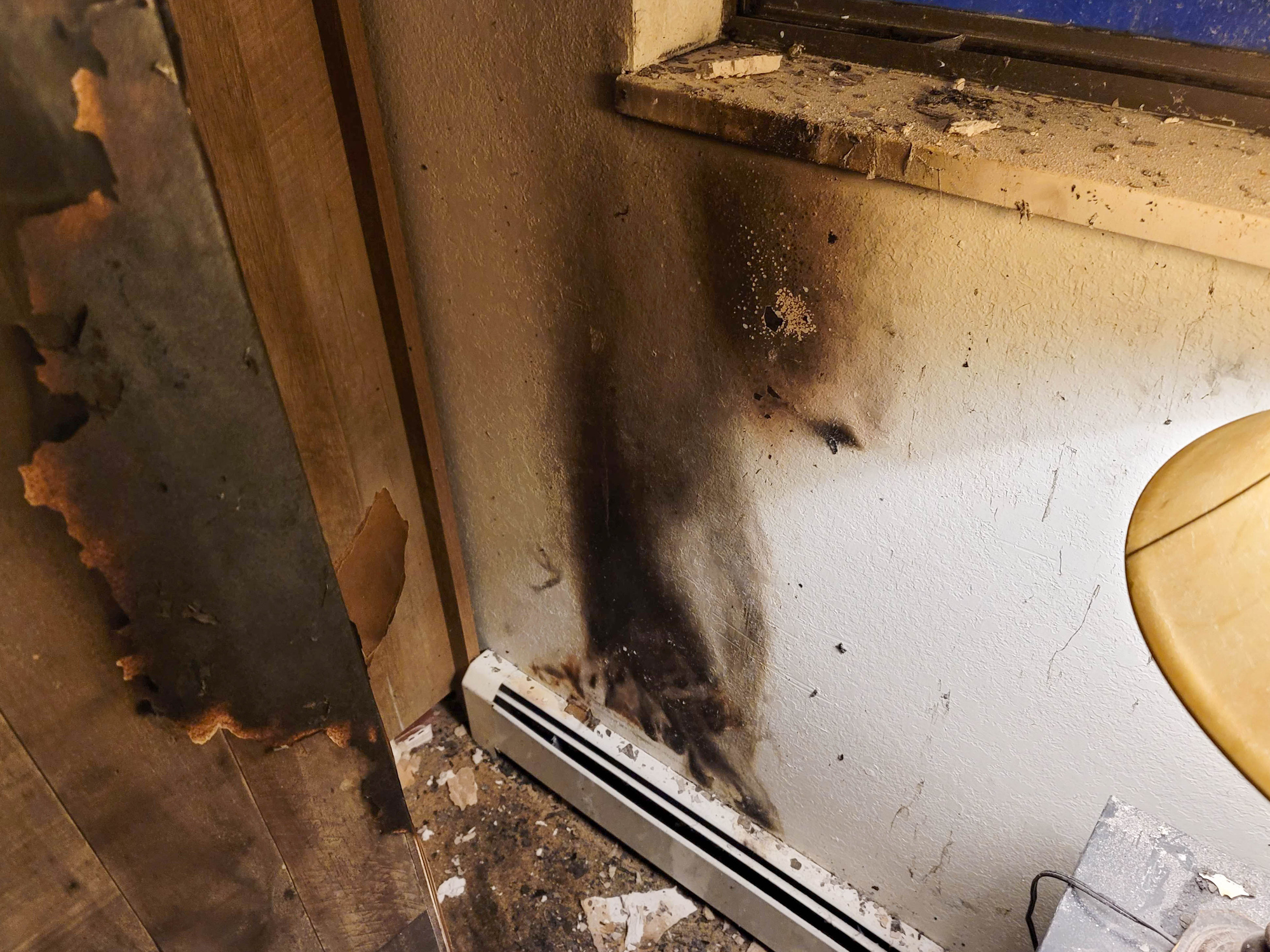Water damage is a common issue faced by homeowners, and it can wreak havoc on the structural integrity and aesthetics of their walls. While both plaster walls and drywall are susceptible to water damage, there are significant differences in how each material reacts and requires treatment. The differences between water damage in plaster walls and drywall, their unique characteristics, and vulnerabilities can all impact the necessary restoration processes.
Plaster Walls: Timeless Elegance with a Fragile Nature
Plaster walls have a long history and are known for their timeless charm. This traditional wall material consists of multiple layers, including a base coat and a finish coat. Water damage to plaster walls can occur due to leaks, flooding, or excessive humidity.
When plaster walls are exposed to water, the porous nature of the material allows moisture to be absorbed. Over time, the moisture weakens the plaster, causing it to crumble, crack, and bubble. Water stains may also become visible, further compromising the aesthetic appeal of the walls.
Restoring water-damaged plaster walls requires expertise and specialized techniques. The damaged plaster must be carefully removed, and the underlying structure must be thoroughly dried before applying new plaster layers. This meticulous process ensures a seamless restoration that maintains the unique character of the plaster walls.
Drywall: Versatile and Susceptible
Drywall, also known as gypsum board or sheetrock, is a widely used building material due to its affordability, ease of installation, and versatility. Unlike plaster walls, drywall is made of compressed gypsum panels covered with paper. While it is more resistant to water damage than plaster, it is not impervious to moisture-related issues.
When drywall is exposed to water, the paper covering absorbs moisture, causing it to swell, warp, and disintegrate. The gypsum core may also become saturated, leading to structural weakness and the potential for mold growth.
Repairing water-damaged drywall involves a different approach compared to plaster walls. Depending on the extent of the damage, the affected sections of drywall may need to be cut out and replaced. Thorough drying, addressing any underlying moisture sources, and proper insulation are crucial steps in the restoration process to prevent future water damage.
Differences in Repair Methods
The repair methods for water-damaged plaster walls and drywall differ due to the inherent dissimilarities in the materials themselves. Plaster walls require careful removal of damaged plaster layers, followed by thorough drying and the application of new plaster. Skilled artisans often recreate the original texture and finish to maintain the wall’s aesthetic appeal.
Drywall repairs involve cutting out the damaged sections and replacing them with new drywall. The area is then patched, sanded, and painted to blend with the surrounding wall. Additional measures, such as addressing any underlying moisture issues, may be necessary to prevent future damage.
Water damage can be a homeowner’s nightmare, affecting both plaster walls and drywall. However, understanding the differences between these materials can help homeowners and restoration professionals tackle the problem more effectively. Plaster walls offer timeless elegance but require intricate restoration techniques, while drywall provides versatility but demands a different approach for repair. In both cases, prompt action and professional assistance are essential to mitigate the damage and restore the integrity and beauty of the walls. Remember, prevention is key—ensuring proper maintenance, addressing leaks promptly, and controlling humidity levels can help safeguard your walls against the detrimental effects of water damage.












